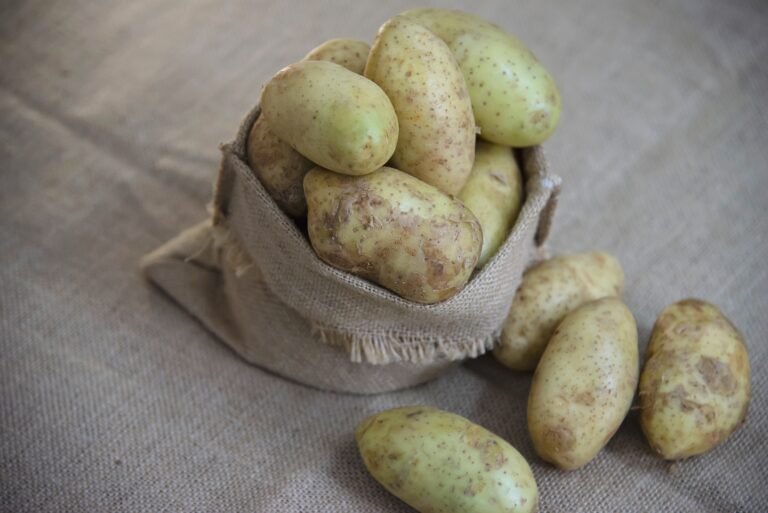Solanine and Chacocine: toxic Glycoalkaloids in potatoes
Potato is one of the most popular crops among all cultural backgrounds, partly because it is an inexpensive, low-fat energy source and partly due to flexibly converted into a variety of value-added products. Potato contains natural bitter-tasting, heat stable toxicants known as glycoalkaloids. These glycoalkaloids are also present in tomatoes and eggplants. The most important glycoalkaloids identified in potatoes are α -solanine and α-chaconine which accounts for 95% of total glycoalkaloids. These compounds can cause neurological impairments, vomiting, and diarrhea. The first documented outbreak due to baked potatoes (with skin) was in the year 1917 in England. Other big incidents based on ingestion of potatoes were recorded in1937 in a village near by Beriln and in 1979 among school children in England. These incidences prove that these compounds are toxic to humans. It has been estimated that ingestion of solanine at a dose of 2–5 mg/kg of body weight can cause toxic symptoms while dose of 3–6 mg/kg of body weight can be fatal.
What causes increase in solanine in potatoes
Most potatoes contain less than 0.2 mg /g solanine and its distribution within the potato tuber is not uniform, highest concentration is found in skin/peel and eye region (sprouting bud). The amount of solanine may vary significantly depending on the storage conditions of raw potatoes such as light, temperature, storage time, humidity, mechanical injury, sprouting and aging. Prolonged exposure to light stimulate chlorophyll synthesis and hence results greening in potatoes. Also, since concentration of solanine is increased several folds on light exposure, greening is considered as a potential indicator of solanine accumulation.
Effect of processing on solanine in potatoes
The final concentration of solanine in potato based products is largely dependent on the processing of the products. Sometimes potatoes are processed with peel into fried snacks which are reported to contain much higher amount of solanine compared to products without peel. According to a research report, peeling reduces twice the amount of solanine than cooking. Further observations say that potatoes cooked with peel are bitter, probably due to the penetration of solanine into the cortex during cooking. solanine is comparatively stable to microwaving, baking, boiling and frying; only small reduction in solanine contents are reported due to boiling and frying and the critical temperature for their decomposition is about 170oC.
Conclusion
Potatoes, that appear green and sprouted, contain high concentrations of solanine and should be avoided. It is also important to remove their peel prior to cooking process to reduce solanine.




